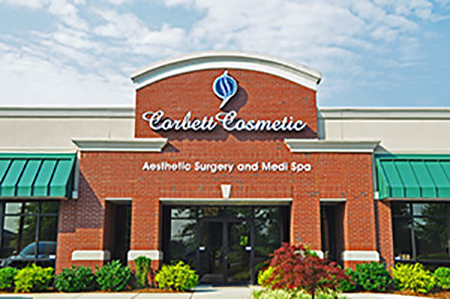There are several factors that you and your surgeon need to consider if your are thinking of having more than one procedure. Patient Safety is our primary concern. The primary issue is “How healthy are you?”. The reasons that people have serious complications around the time of surgery is because they have a bad heart and/or bad lungs. So if someone comes to me with emphysema from smoking their whole life I tell them no. If someone has active chest pain or a heart attack history I’m not operating on them either. People with a history of a blood clot that required blood thinners is also a “no go”. Now, if your lower back hurts everyday, and you had a hysterectomy, and you are hypothyroid, well none of that really factors in. None of those issue will affect how you do during anesthesia so they aren’t relevant. The summary statement is we need to look at your combination of medical problems and see if any of the constitutes a ‘red flag’. The second issue is time under anesthesia. Most plastic surgeons that I know will call it quits after about 6-7 hours for elective cosmetic procedures because after this point complications rates can go up. The third issue is “What are we combining?”. I’ve had patients request 5 or 6 things be done at once and we did them all because they were relatively small operations. Usually it is a breast & tummy combo, the Mommy Makeover, and I do those all the time. That being said I’ll never combine a thigh lift or a body lift with anything else because they are significant operations. So the answer is we have to look at the scope of procedures and base our answer off of that.
So, combining procedures is fine and we do it everyday in plastic surgery. We just need to make sure, as with any surgery, that you are a good candidate based on the factors described above.
Lee Corbett, MD
Medical Director, Corbett Cosmetic Aesthetic Surgery and MediSpa



